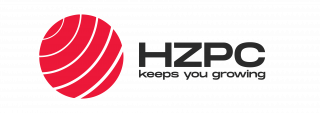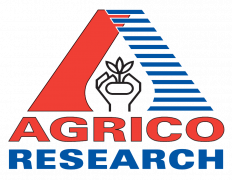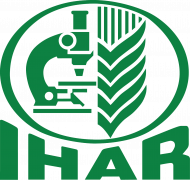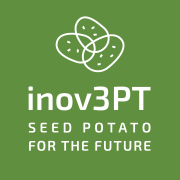Abstract
Iron deficiency is a serious global issue, particularly in developing countries. Individuals are suffering from iron deficiency due to monotonous consumption of cereal based diets, which are unable to provide adequate amounts of iron. The majority of these people cannot afford a diversified diet, iron supplements and iron fortified food products. The development of iron biofortified potatoes could provide a sustainable solution to this problem. The leading strategies for crop biofortification include agronomic practices, plant breeding and transgenic approaches. Previous reports have highlighted that agronomic practices are not very effective for iron biofortification of potato. However, extensive genetic variability for iron content in potato gene pool makes it an ideal crop for iron biofortification through genetic approaches. Therefore, genotypes with high iron content could be used as parental lines in potato breeding programs. The screening of genes or QTLs responsible for high iron content in these genotypes could pave the way for the development of iron biofortified potatoes through marker-assisted selection, speed breeding and transgenic approaches.















